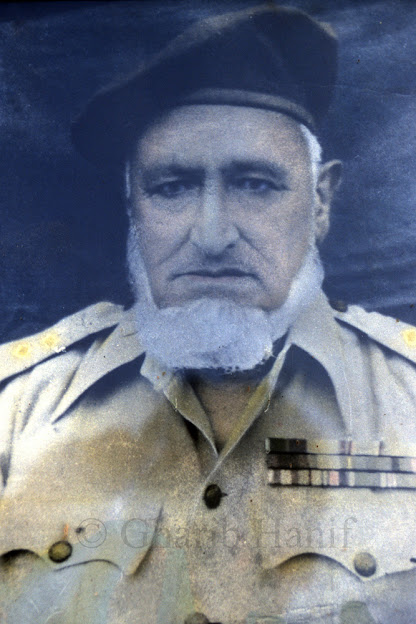Hast-o-Bood Part-29
Chapter IV
Historical background and brief overview of the
state of Jammu and Kashmir
Raja Sahans Paul was a man of ingenuity, foresight and broad-mindedness. He realized from his God-given intellect that nature was kind to him and that the paths to the crown were automatically paved for him. So, with great wisdom and dignity, he accepted this responsibility by giving alms to the noble chiefs and assured them in every possible way that he would keep their rickshaw completely. At the same time, he announced that he would leave some of his comrades in his present village and take up residence in the mountain range of the nobles, not in Tarana. He had settled in a new place with his faithful followers.
Here, too, Raja Sahans Pal, with his traditional tolerance, love and reconciliation, royalty and generosity, won the hearts of the people of Mouza and the surrounding area, and soon the common people began to sing his praises. Even the influence of the noble chiefs gradually waned. Raja Sahans Pal waited for a suitable time because the Ghakhar chiefs are the backbone of his patron saints.
Meanwhile, Sultan Muhammad Ghauri and Sultan Qutbuddin Aibak invaded the kingdom of the Ghakhar chiefs from two different directions. So Sahans Paul immediately suppressed the Mehtars and completely wiped them out of the area. And having full access to it, he became the sovereign king of the region. Because despite the pleas of the Mehtars, the Ghakdar chiefs themselves were unable to help them as they were caught in a life-and-death struggle.
Now Raja Sahans Pal made Mouza Sainala his base throne. There are still ruins of an old Bavli and a dilapidated fort. Adjacent to the fort is the mausoleum of an elderly Mastan Shah Wali and an old Bohr tree stands under a long vertical stone on which the Mangral ruler and his crown prince were placed on the forehead. These traces of the time of that great king are probably of his personality, greatness and royalty. A few furlongs away from this place, Raja Sahansa Paul established a settlement called Sahansa in his name, which, if settled on a very beautiful, lush and wide field, attracts the attention of every visitor.
Charisma draws me to the bottom of my heart
Even today, the vast majority of the Mangral people live in and around the Sahansa Valley. The area lies between the Poonch River in the east and the Jhelum River in the west [1]. And to the north and south it is surrounded by lush green and beautiful mountains and valleys. There are about eighty villages inhabited in this area, the vast majority of which are engaged in agriculture and which belong to the Mangral Rajput tribe. In 1955, the Mangral tribe had a population of 65,000 in this area. According to the same year, the Mangral tribe had 31,000 voters due to their adult right to vote. Elected to represent Azad Kashmir in the Assembly. Under administrative matters, the area was divided into three sub-districts, namely, Sahansa, Keni and Atkura. Since 1972, Kotli Mangaralan Tehsil has been given the status of a district. This has added new buildings, government and non-government offices and other facilities adjacent to the old Kotli Mangral. After the formation of Azad Kashmir government, this area has been connected to Jhelum, Mangla, Mirpur via Gulpur, Kotli, Patan, Kahuta via paved road on both sides of Punjab-Pakistan. This road, however, needs to be repaired in several places due to neglect. But then it is an effective means of connecting the region to the rest of the world and to various places in the state of Jammu and Kashmir. The convenience of transporting passengers and goods by car, bus, truck has been provided, which is a spoil in any case.
to be continued ......
[1] ... History of the Punjab Hill Estate, Volume 1, by J. Hutchison, JPH Vogel.
Note: Its not necessary for Blogger to agree with the contents of the book



Comments
Post a Comment